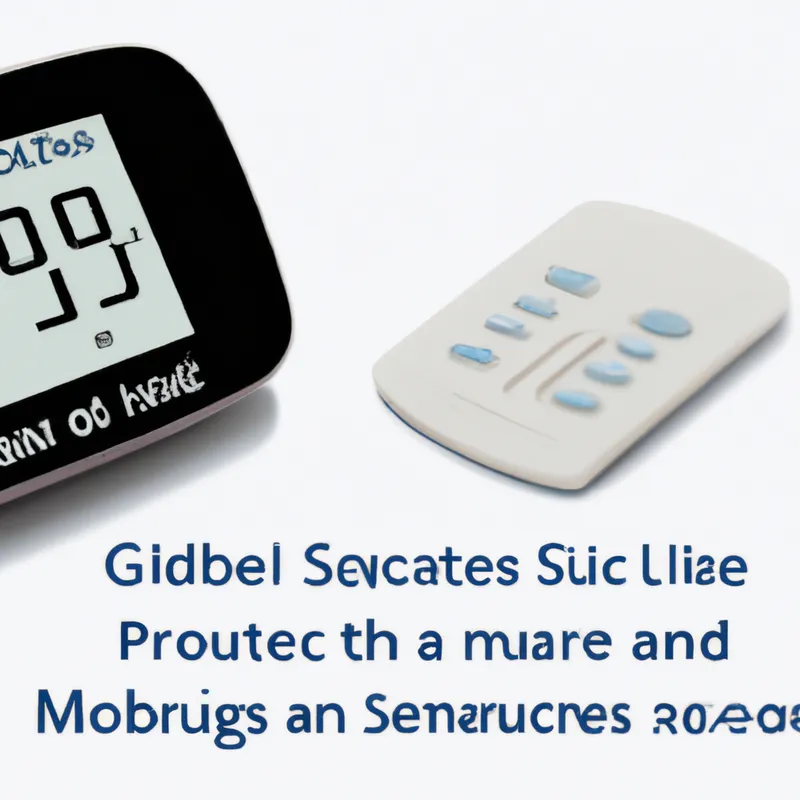Monitor Sleep: Optimize Your Glucose Levels Today
Impact of Sleep on Glucose Levels: Using a CGM to Monitor
Sleep significantly affects our health by influencing glucose regulation. As lifestyle-related health issues rise, understanding sleep’s impact on glucose levels becomes vital. Continuous Glucose Monitors (CGMs) offer real-time insights, allowing individuals to track blood sugar levels effectively. This blog discusses sleep’s effect on glucose levels and CGMs as valuable health management tools.
The Connection Between Sleep and Glucose Metabolism
Quality sleep maintains stable glucose metabolism. During sleep, the body experiences deep sleep and REM sleep, essential for hormonal balance and insulin regulation. Insulin allows glucose to enter cells for energy. Sleep disruptions impair insulin sensitivity, leading to insulin resistance, where cells become less responsive to insulin.
Research shows sleep deprivation elevates glucose levels. A study in *Diabetes Care* found individuals sleeping less than six hours had higher fasting glucose levels than those sleeping seven to eight hours. Chronic sleep deprivation increases the risk of type 2 diabetes due to hormonal changes, increased cravings for sugary foods, and reduced physical activity from fatigue.
Poor sleep quality often leads to cravings for unhealthy, high-sugar foods. These cravings create a vicious cycle, causing high-sugar food consumption, which spikes blood sugar levels and increases insulin demand, disrupting glucose metabolism.
Using a CGM to Monitor Glucose Levels
A Continuous Glucose Monitor (CGM) provides data on glucose fluctuations throughout the day and night. This small sensor, inserted under the skin, measures glucose levels in real time. Users access glucose data via a smartphone app or dedicated receiver, seeing how their bodies respond to sleep patterns, food, and activity levels.
Using a CGM allows tracking glucose levels during the night, offering insights into sleep quality and duration’s effects on blood sugar. You may notice higher glucose levels after poor or irregular sleep. Conversely, good sleep may stabilize glucose levels, improving metabolic control.
Tips for Better Sleep
Improving sleep quality significantly impacts glucose regulation. Here are some tips to enhance your sleep:
1. **Establish a Bedtime Routine**: Consistency regulates your internal clock. Go to bed and wake up at the same time daily, even on weekends.
Conclusion
Sleep quality directly influences glucose regulation. Using a CGM helps monitor these effects, leading to better health management.
Below are related products based on this post:
FAQ
How does sleep deprivation affect glucose levels?
Sleep deprivation elevates glucose levels, as research indicates that individuals sleeping less than six hours have higher fasting glucose levels compared to those who sleep seven to eight hours. Chronic sleep deprivation can lead to insulin resistance and increase the risk of developing type 2 diabetes.
What role does a Continuous Glucose Monitor (CGM) play in tracking glucose levels?
A Continuous Glucose Monitor (CGM) provides real-time data on glucose fluctuations throughout the day and night. By using a small sensor inserted under the skin, individuals can monitor their glucose levels via a smartphone app, gaining insights into how sleep quality and duration affect their blood sugar levels.
What are some tips for improving sleep quality?
To enhance sleep quality, it’s beneficial to establish a consistent bedtime routine by going to bed and waking up at the same time every day, including weekends. This consistency helps regulate your internal clock and can improve overall sleep quality, which in turn positively impacts glucose regulation.















Post Comment